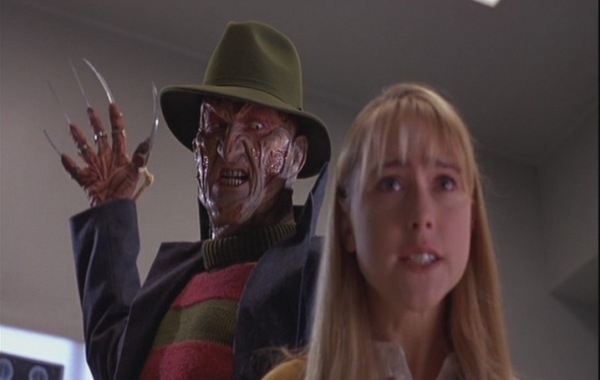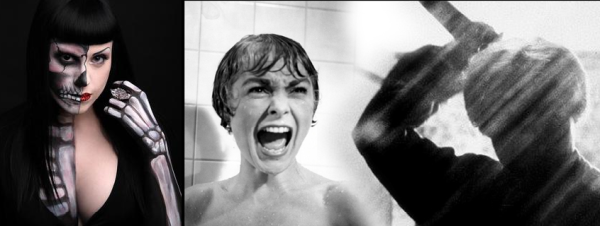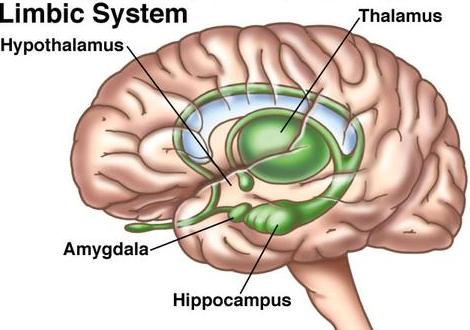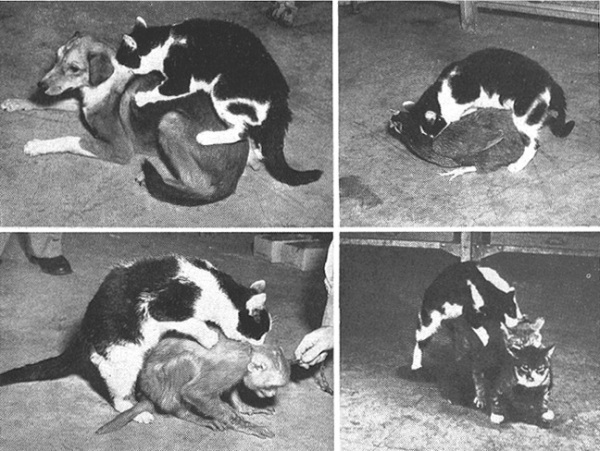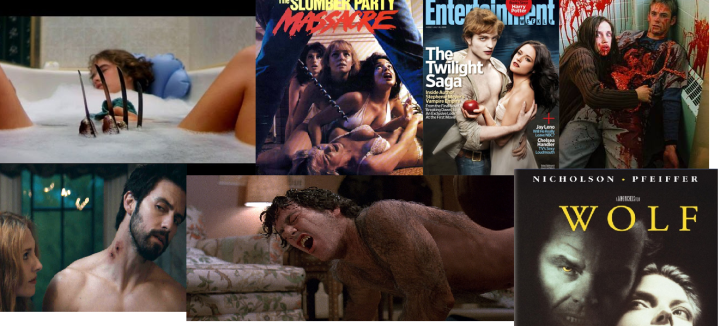Everybody knows October is the month of horror movies, haunted houses and Halloween parades.
But, have you ever wondered why we find fear so exciting?
It turns out that distress and delight are closely related – both are mediated by same deep brain circuit known as the Limbic System. This system is intimately associated with human emotional behaviors and memory.
The limbic system is highly interconnected with the brain’s pleasure center, responsible for sexual arousal and the “high” derived from recreational drug use, The Kluver-Bucy Syndrome, caused by bilateral limbic lesioning, includes heightened sex drive and/or a tendency to seek sexual stimulation from unusual or inappropriate objects.
Recent studies have shown these same circuits are responsible for associating fear with memories and the emotional responses that result from triggering those memories. Patients affected by the extremely rare genetic condition Urbach-Wiethe disease can develop selective atrophy of the amygdala, becoming fearless, with little or no emotional response to horror films, large spiders or snakes.
This probably explains why horror movies are most popular with younger audiences, mostly teens and twenty-somethings with raging hormones looking for intense experiences:
xx
So, we go to horror movies to be scared, triggering deep seated pleasure centers within the brain, knowing that we’re actually quite safe from harm, because in an hour or two we’re going to walk out of the theater with no permanent harm done.
